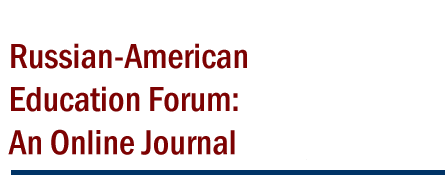
Humor in Higher Education: A Research Brief
Humor may be broadly defined as the quality of being amusing or comic; the ability to make other people laugh. In a context of higher education and this paper, humor more specifically refers to a professor’s use of amusing or comic words, actions, or reactions while instructing, engaging, and interacting with students, managing her classroom, and/or setting a tone for timely and appropriate mirthful response to content or activities (Lovorn & Holaway, 2014). Examples of a professor’s use of humor relating to content might include augmenting lectures with witty or mirthful anecdotes, enriching PowerPoint presentations with satirical imagery or multimedia, incorporating comical examples or scenarios in written assignments or assessments, or inviting and facilitating students to express irony, hyperbole, or parody in their writing or course activities. Studies indicate these and similar applications of humor in contexts of education are popular with college students at both the graduate and undergraduate levels (Torok, McMorris & Wen-Chi, 2014). The purpose of this research brief was to conduct a review of recent literature on this topic, and to outline and describe a content analysis study intended to investigate students’ perceptions of professors’ uses of humor and the impact it has on their likelihood to engage in higher order or critical thinking, take more intellectual risks, and provide high course evaluations.





